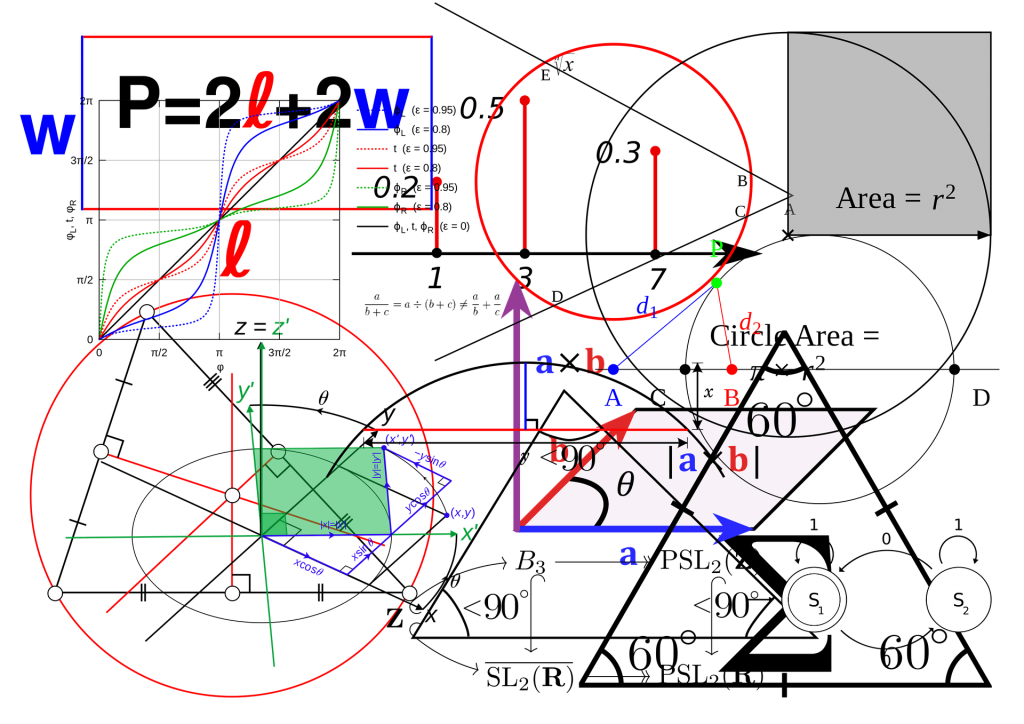How long can plastic withstand radioactive radiation?
Kathrin Kretz | 6. April 2020

When I attended my first trial day at igus years ago, a colleague told me, “It is never boring here. We get fascinating queries every day. Right now I’ve been tasked to find out whether energy chains can withstand radioactive radiation.” My colleague was right – I stayed, and now I can tell you what I’ve learned.
The question of the suitability for use of our energy chains and cables in radioactive environments arises very frequently.
I am no expert on radiation or chemistry, but in order to understand the queries better, I have acquired at least a general knowledge of the material.
What kinds of radioactive radiation are there?
Alpha radiation is the weakest form – paper can deflect it
Beta radiation – plastic or aluminium plates can deflect it
Gamma radiation is very intense, penetrating through granite
How does radiation affect the body?

What is disturbing about this issue is that radiation cannot be seen or felt. When rays strike our bodies, they discharge part of their energy. This affects our cells. It can change cell components or indirectly ionise the water in the cell. This gives rise to so-called free radicals, which can damage tissue. This is when we go to the supermarket to look for juice with “antioxidants” to give us a small sense of security.
What unit is used to express radiation dose?

This is a truly interesting question. At first, it bothered me that there seemed to be a variety of units. Some doses were given in rad, some in gray, and some in sievert.
The reason is a simple one: rad is an obsolete unit that hasn’t been used in Germany since 1978.
Energy dose has come to be given in gray and effective dose in sievert.
Wikipedia has an article about the various SI units which I consider to be easy to understand, even for the layman.
In order to be able to understand questions from this area and answer them, it is helpful to have a general familiarity with the units:
Sv = sievert (J/kg)
G = gray (J/kg)
rd (rad) = radiation absorbed dose
rd x 100 = Sv
Gy = Sv
Sv/1000 = mSv
The dose rate is usually given in mSv/h.

Everyday examples of radioactive radiation
| 0.01-0.03 mSv | Dose delivered during an X-ray of the ribcage (thorax) |
| Up to 0.1 mSv | Cosmic radiation received during a flight from Munich to Japan |
| 1 mSv | Maximum allowable annual dose of radiation exposure for the normal population for activities including the operation of nuclear power plants in Germany |
| 2 mSv | Average annual dose from artificial sources, primarily medicine, for a person living in Germany (the value for 2009 was 1.8 mSv) |
| 2 mSv in 50 years | Total dose from the Chernobyl reactor failure for a person living in the foothills of the Alps from 1986-2036 |
| 2-3 mSv | Average annual radiation exposure of the German population from natural sources |
| 10-20 mSv | Approximate dose for adult full-body computer tomography |
| 20 mSv | Maximum permissible annual dose for those living in Germany pursuing careers involving radiation exposure |
| 100 mSv | Threshold dose for birth defects or foetus death |
| 100 mSv | Dose at which cancer and leukemia occur at a 1% higher rate in a population |
| 250 mSv | Maximum permissible dose for a person performing lifesaving measures or preventing major catastrophes in Germany |
| 400 mSv | Maximum permissible dose for the entire professional life of those living in Germany pursuing careers involving radiation exposure |
| 500 mSv | For acute exposure, this is the threshold at which reddened skin can occur |
| 1000 mSv | For acute exposure, this is the threshold at which acute radiation effects (nausea, vomiting, etc.) can occur |
| 1000 mSv | Dose at which cancer and leukemia occur at a 10% higher rate in a population |
| 3,000–4,000 mSv | Without medical intervention, 50% of individuals exposed to this dose die after 3-6 weeks, if the dose was received over a short period of time |
| > 8,000 mSv | Certain death |
If you are hooked and want to learn more about this topic, I understand completely and recommend the following articles, which are in German:
https://www.quarks.de/gesundheit/radioaktive-strahlung-im-alltag/
What is the maximum radiation dose for plastic energy chains?

We have determined the following values for the most common products.
| Material | series, for example | Gy | Sv | (rad) rd |
| igumid G | E2.15 | 800 | 800 | 80000 |
| igumid GLW | E4.1 | 800 | 800 | 80000 |
| igumid NB | 14 | 560 | 560 | 56000 |
Service life is merely a guide for the material and does not take into account static or dynamic load.
You can use the following formula to calculate how long the e-chain can be used in your application:


You see that, in principle, many igus products are suitable for use under radiation exposure. Service life is greatly dependent on radiation exposure, however. Personally, I would recommend oversizing the energy chain somewhat, since we assume reduced load capacity (70%).
Wälischmiller Engineering has installed our standard E2/000 series in their servo manipulator for removing pipelines that have been radioactively contaminated.
What about cable use in radioactive environments?

We have discussed the behaviour of our chainflex cables in a radioactive environment with a number of materials specialists from our jacket suppliers. As a rule, we test the product properties of our cables and energy chains in our own laboratory, but we would rather stay away from radioactive radiation.
The specialists’ answers are based on general knowledge of the behaviour of various materials under these conditions. Cable radiation resistance is largely dependent on the molecular structure of the material used, or more precisely, on the length of the molecular chains.
This is why PUR cables are generally better suited than TPE or PVC cables.
The manufacturer’s information indicates that polyurethane is more resistant than most other plastics, but its use in applications with more than 1 mSv is not recommended.
I hope you have enjoyed this article and that it has helped you. The next fascinating question might come from you.
